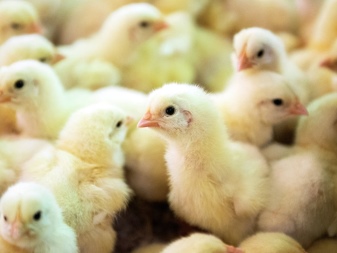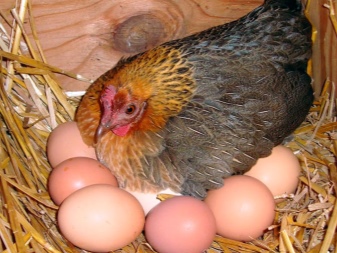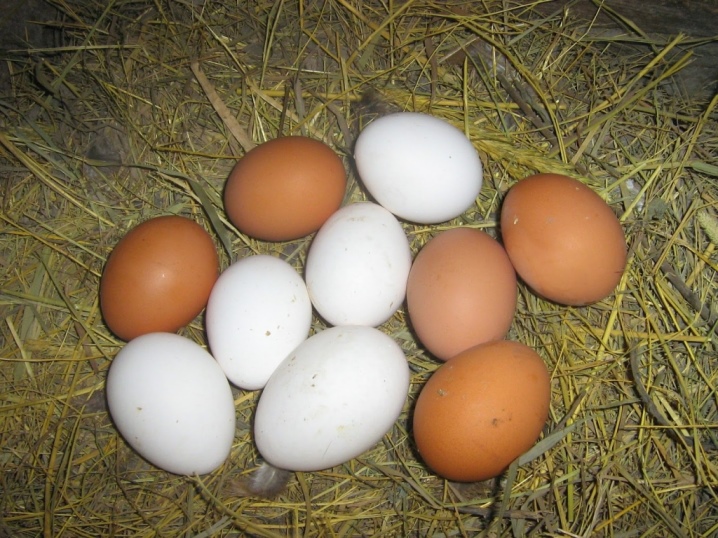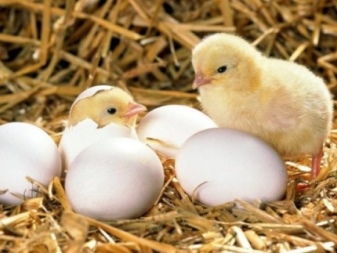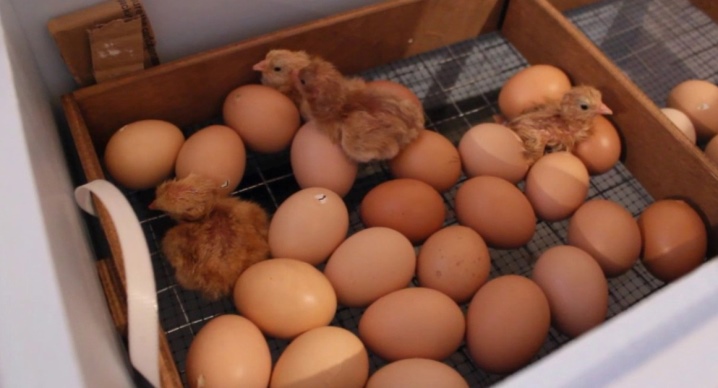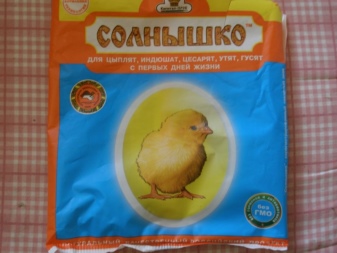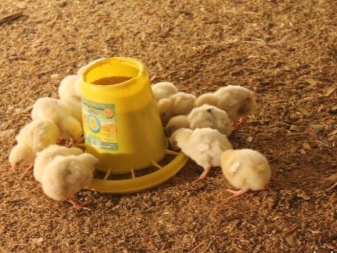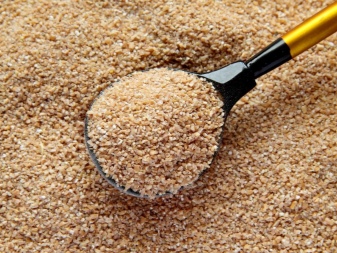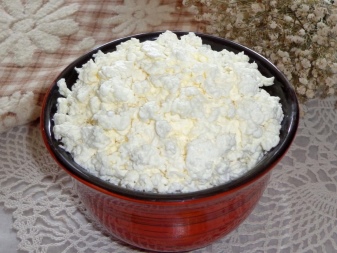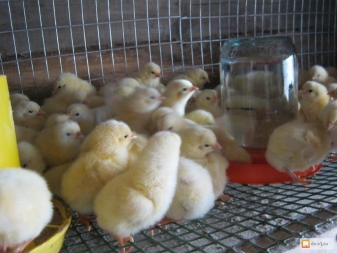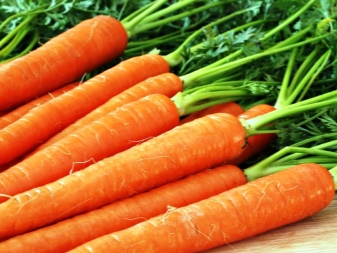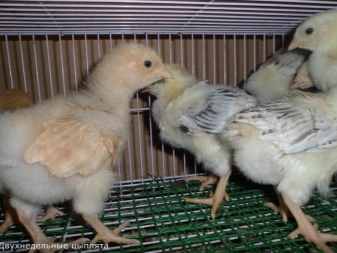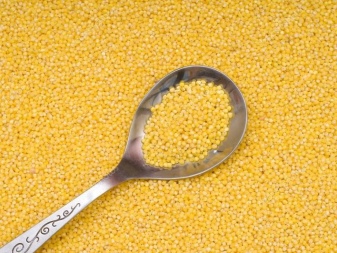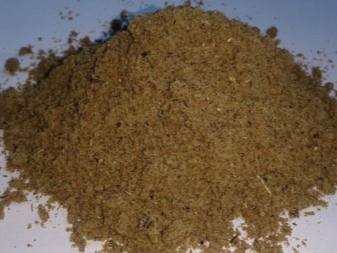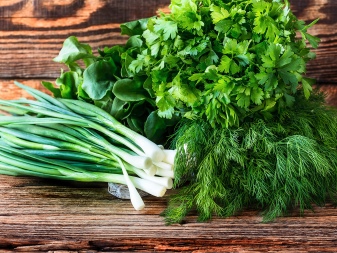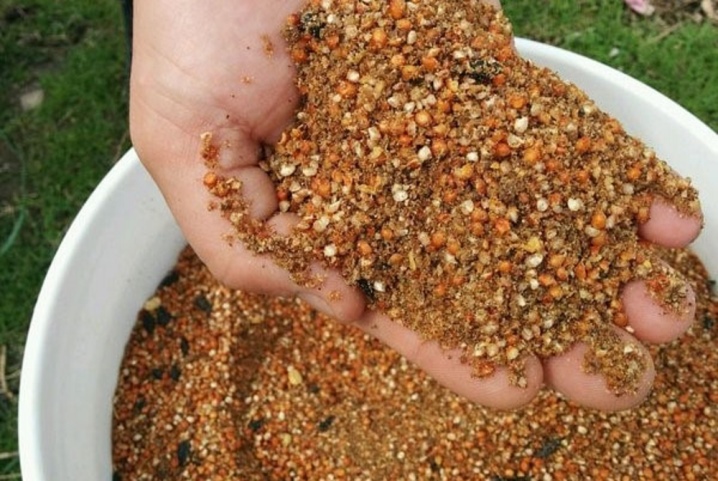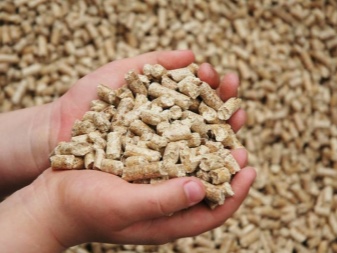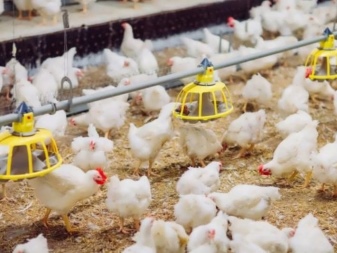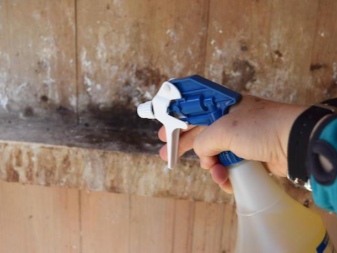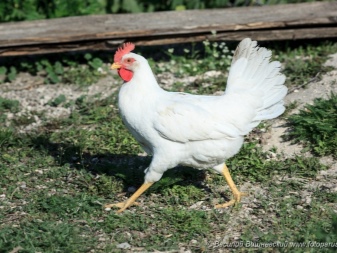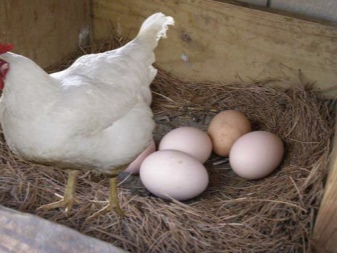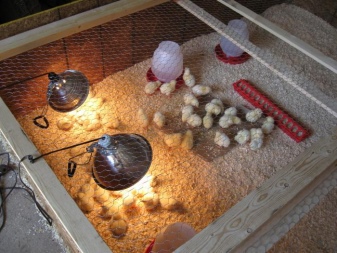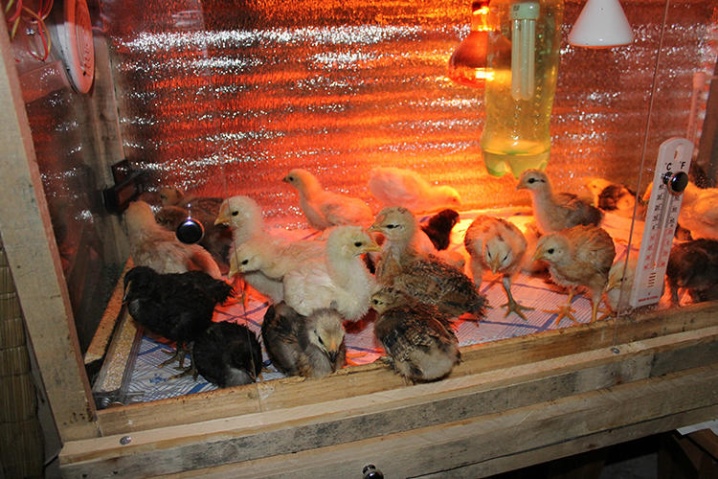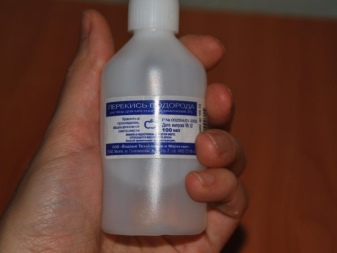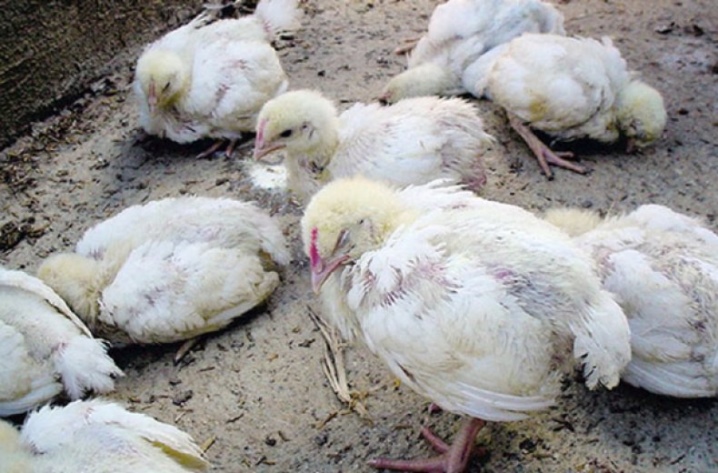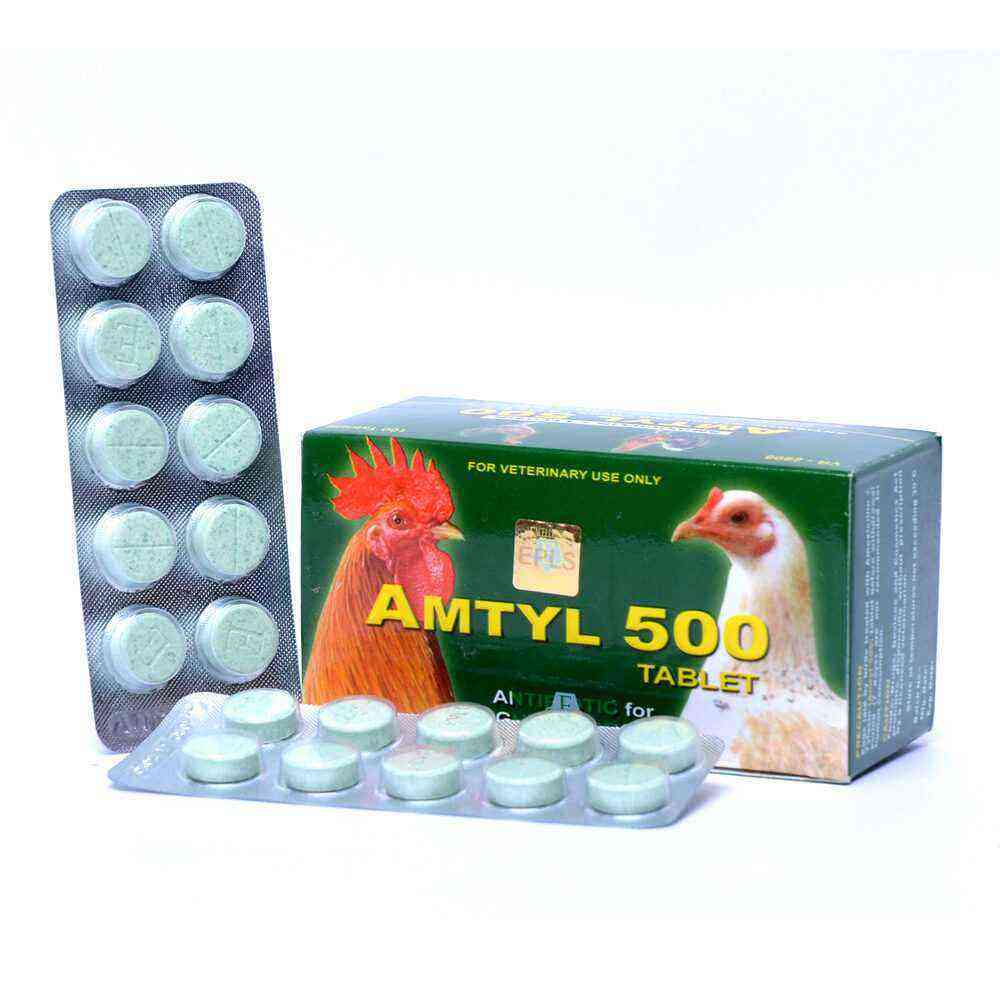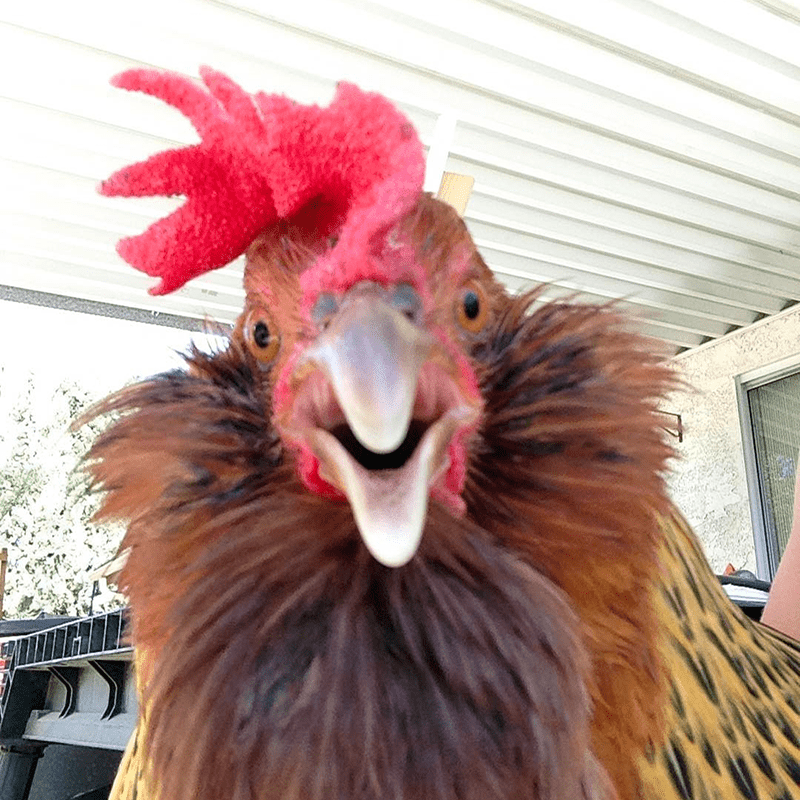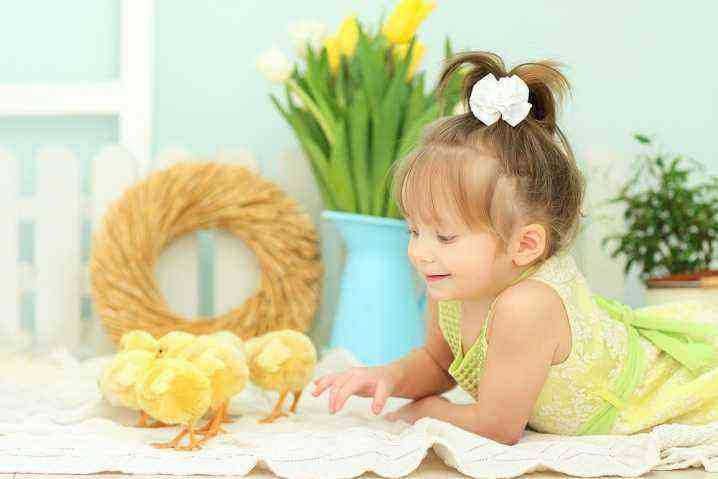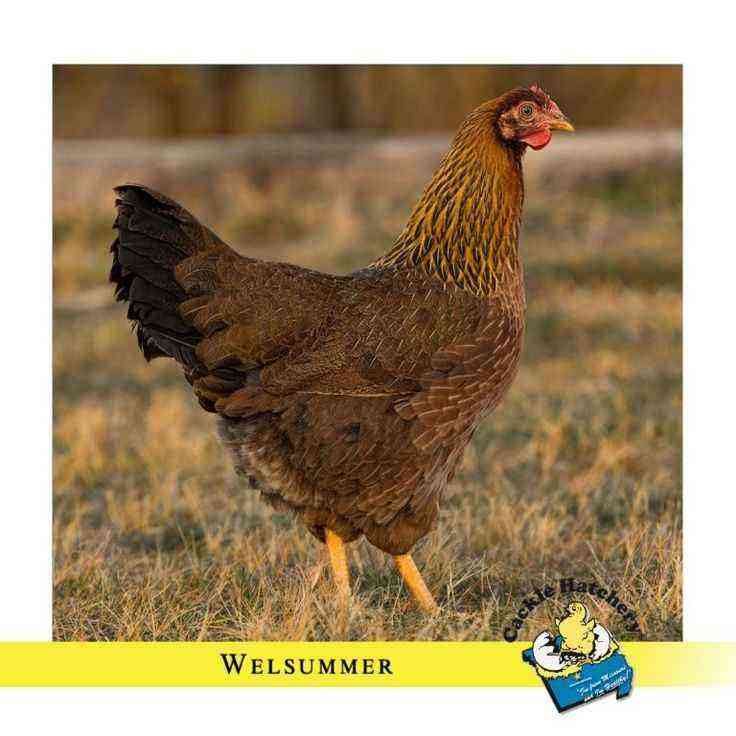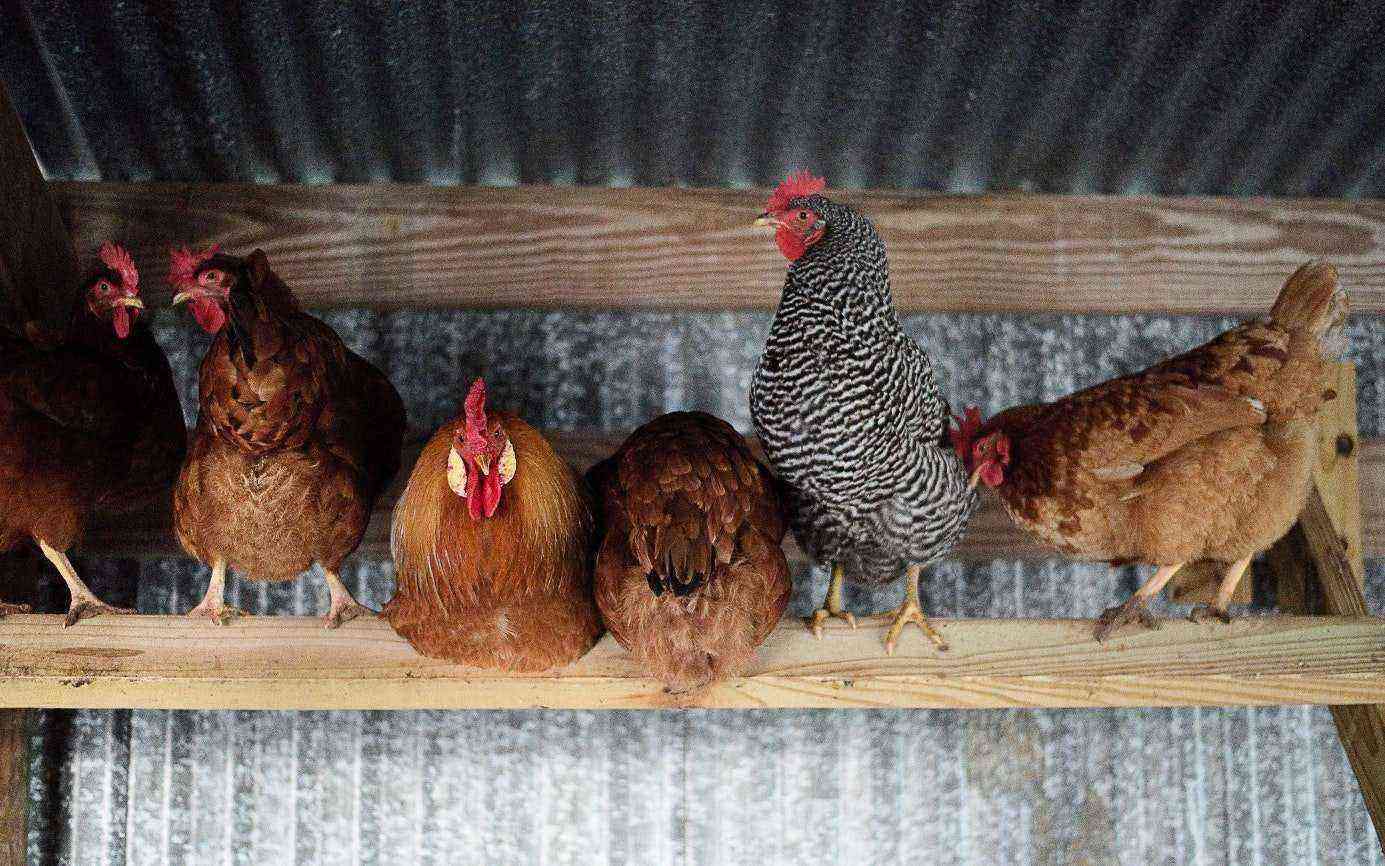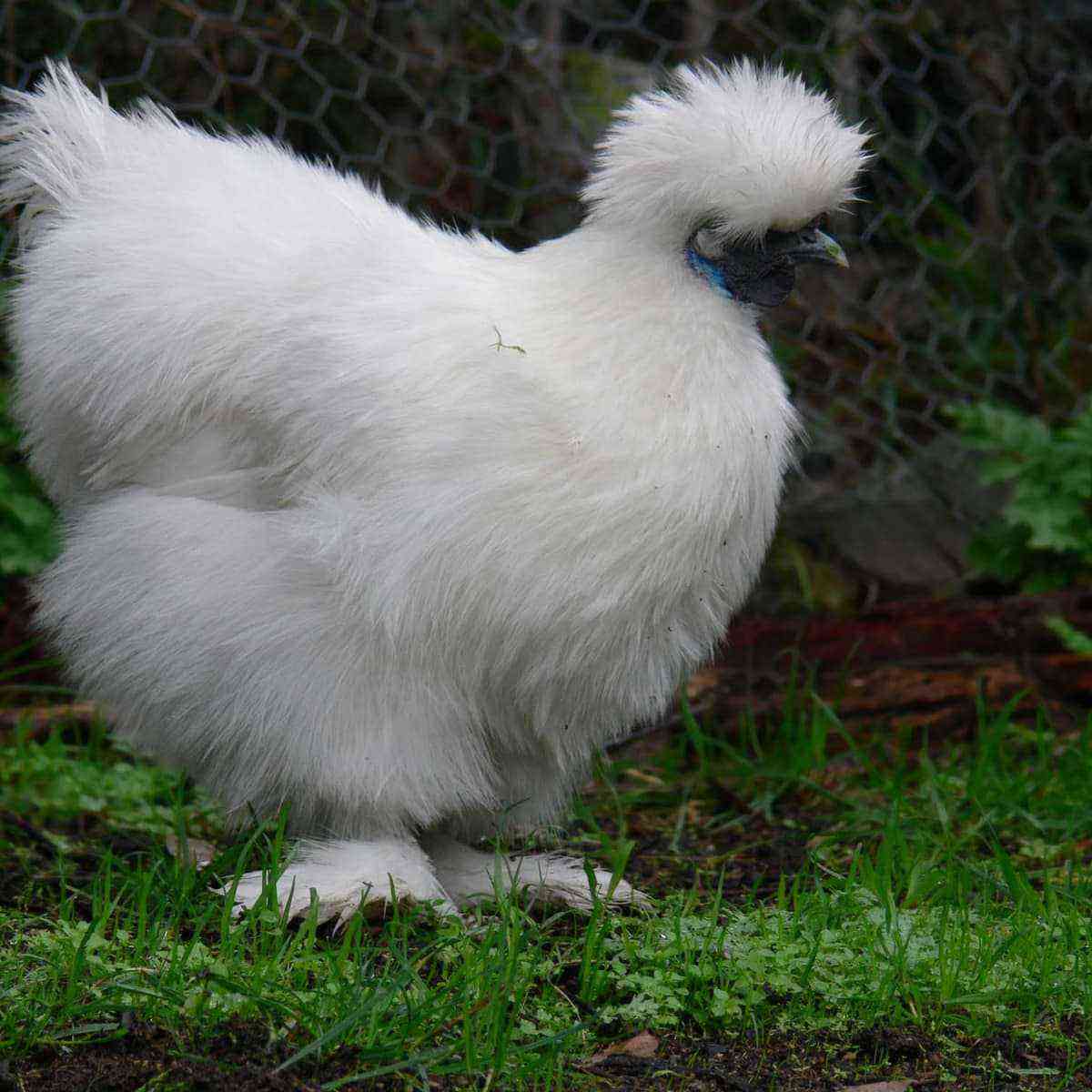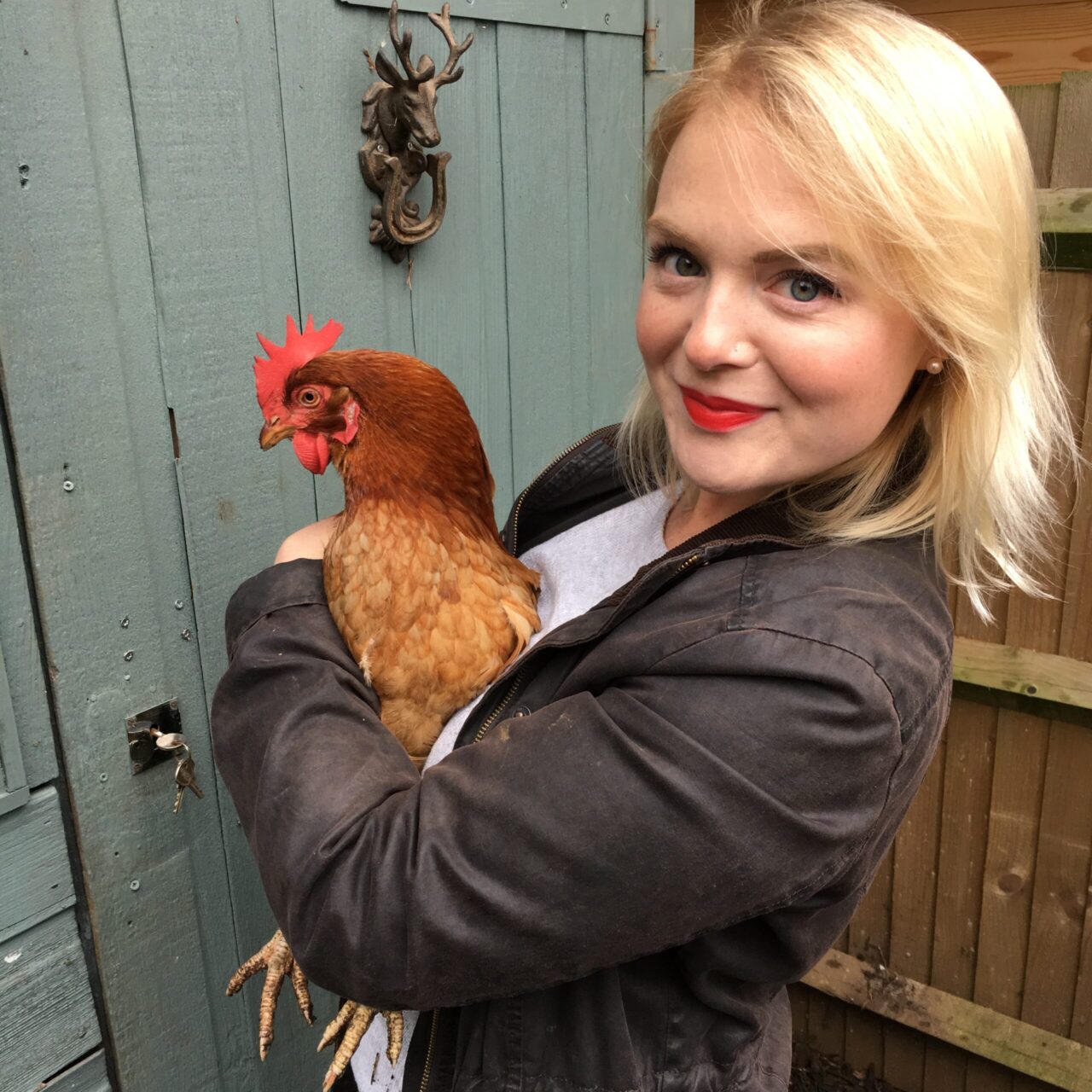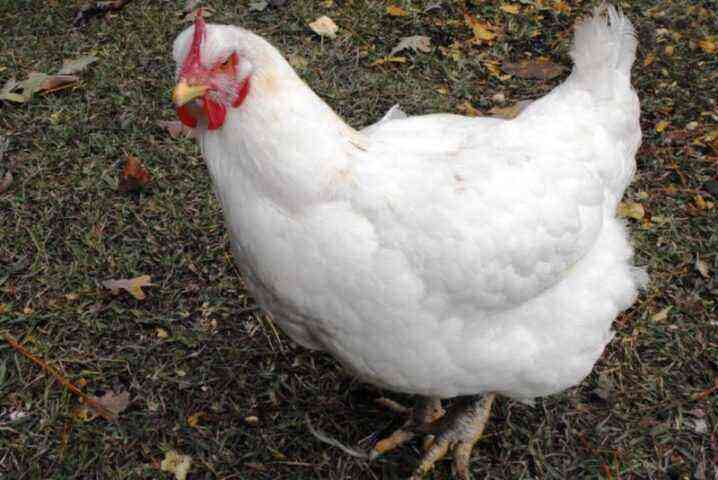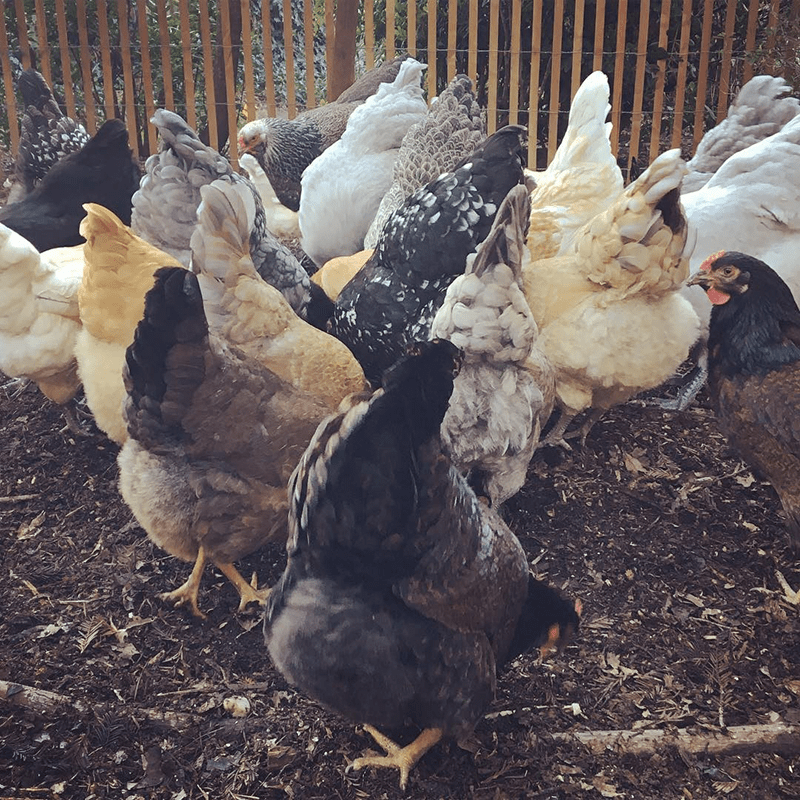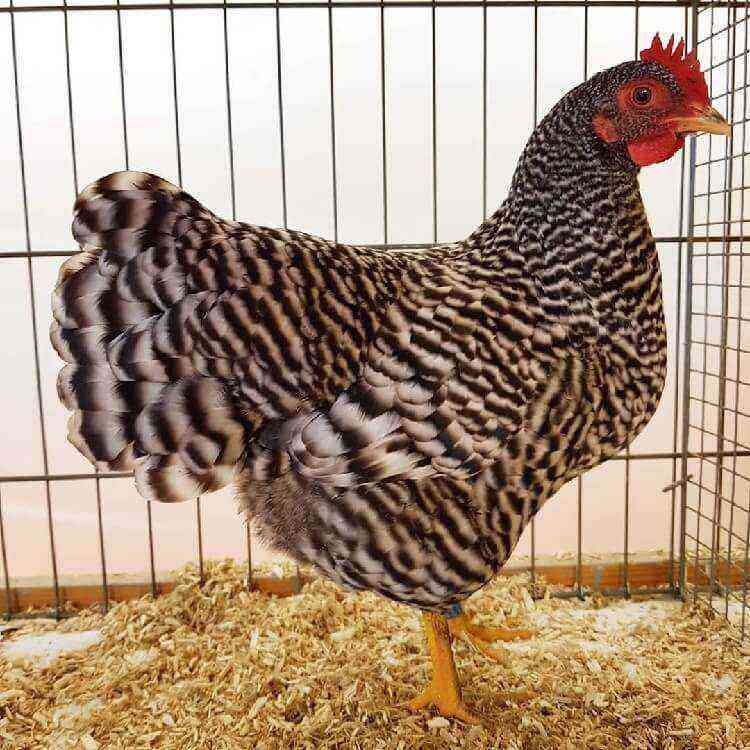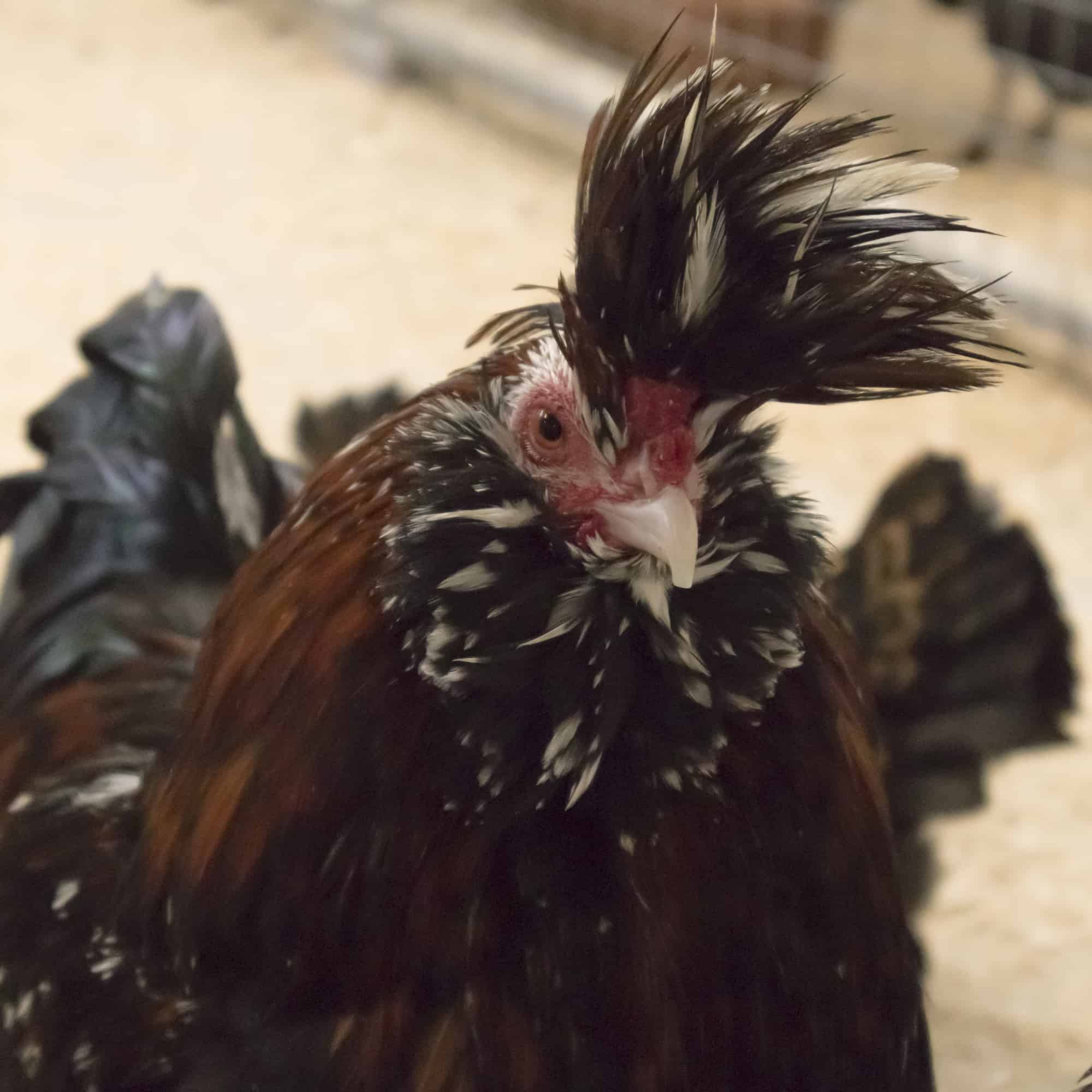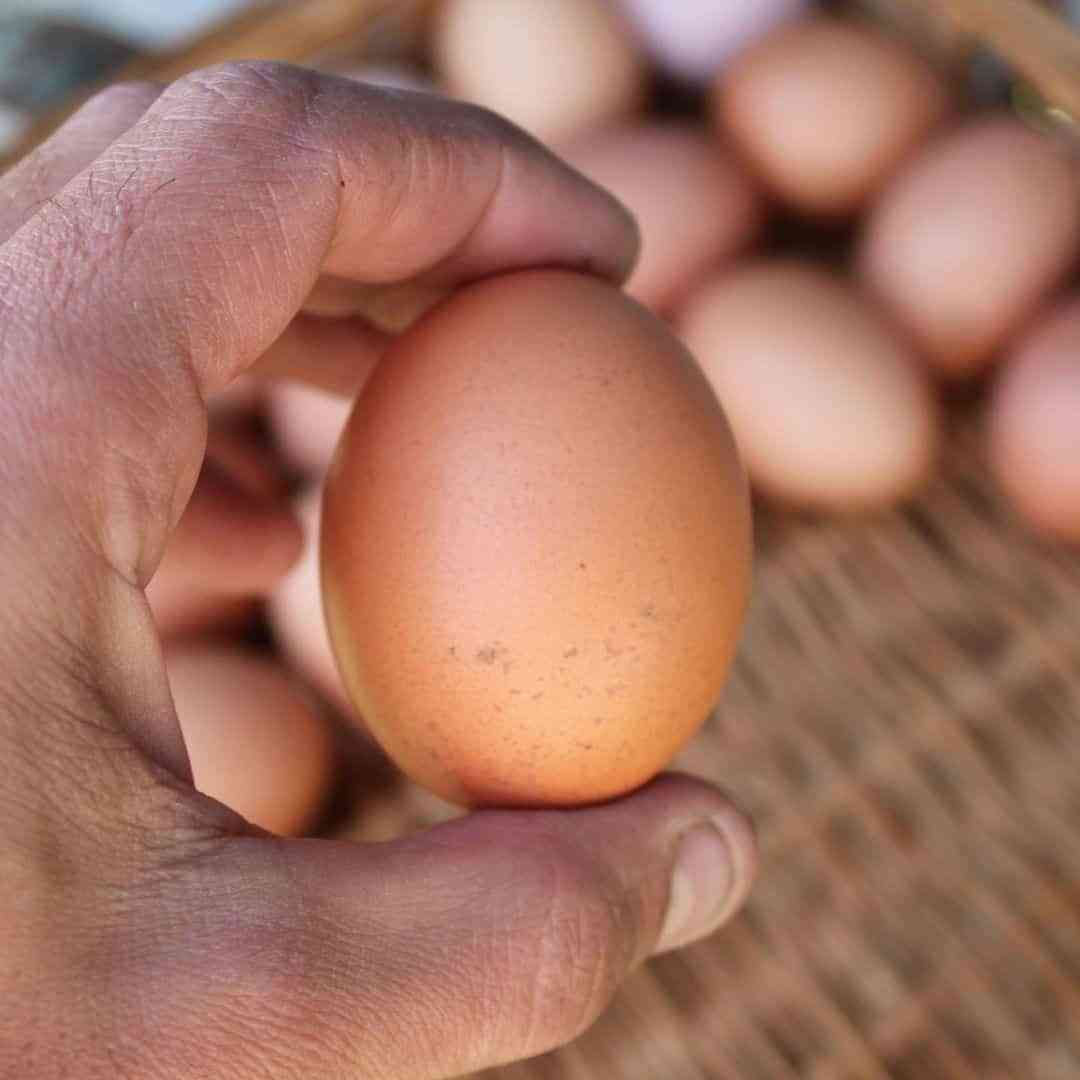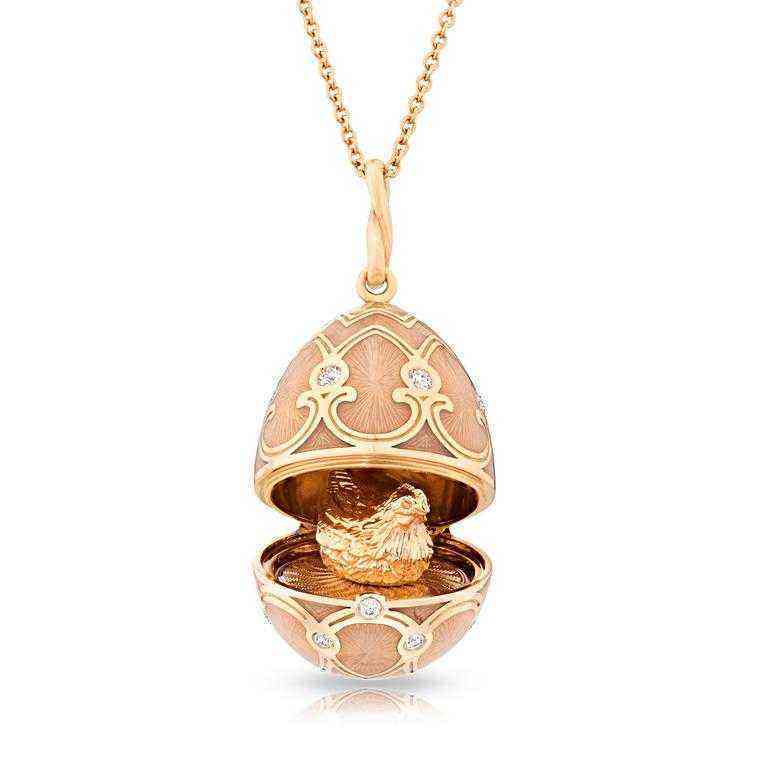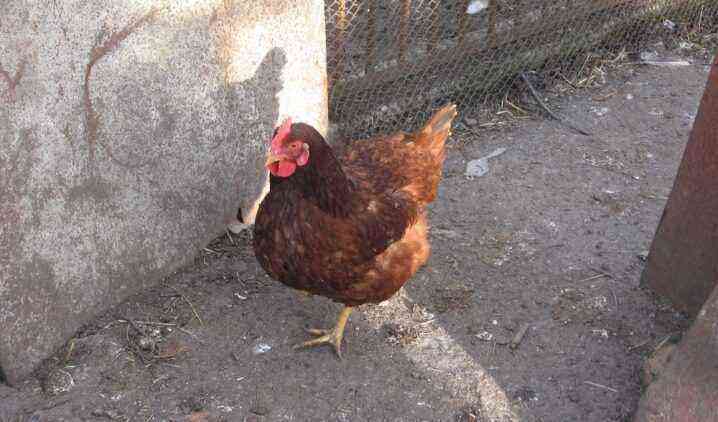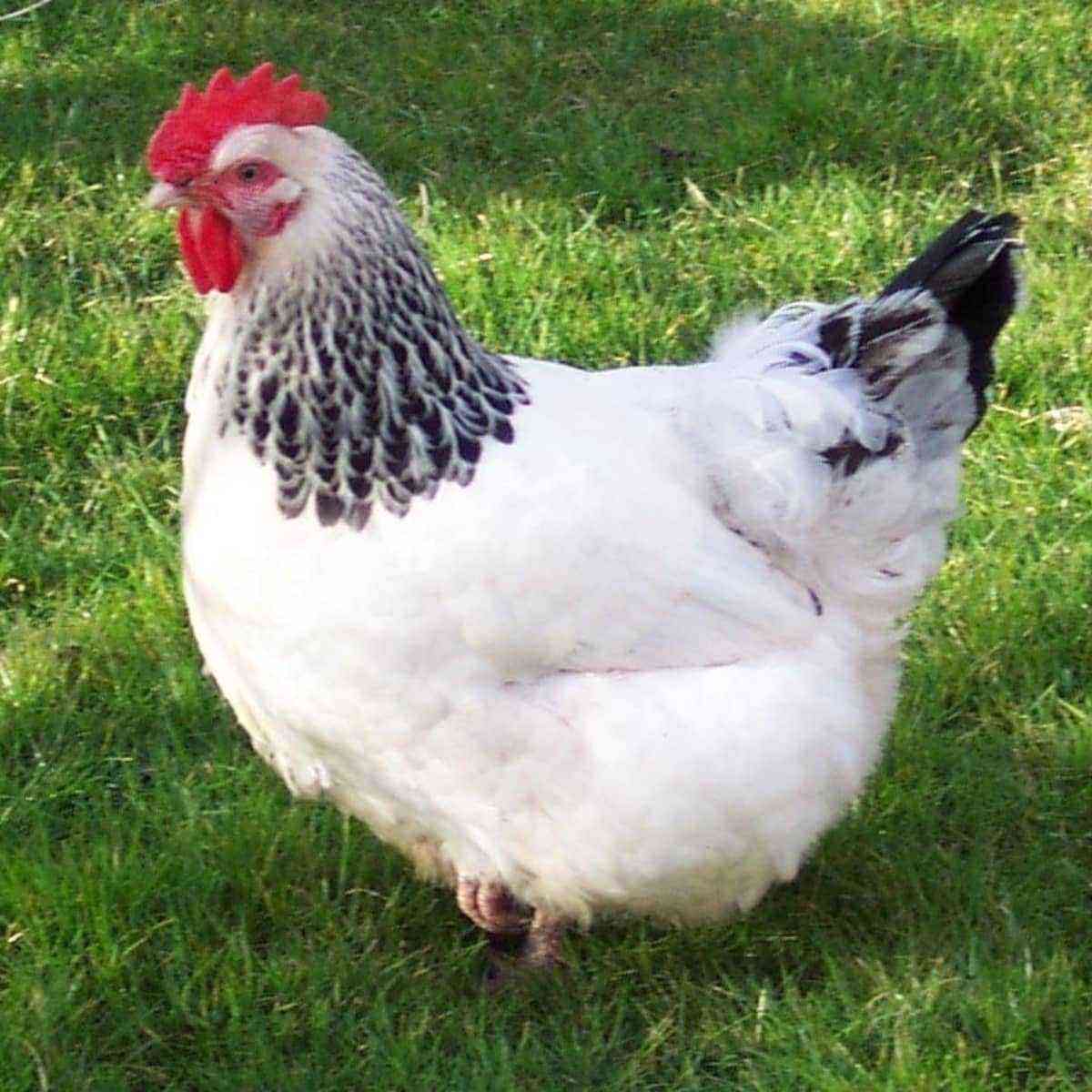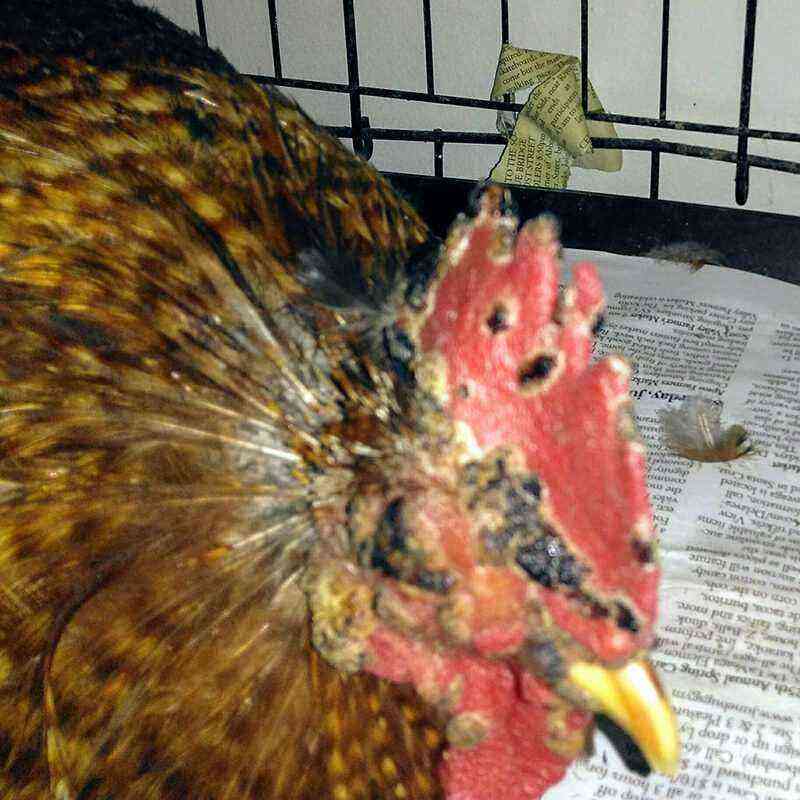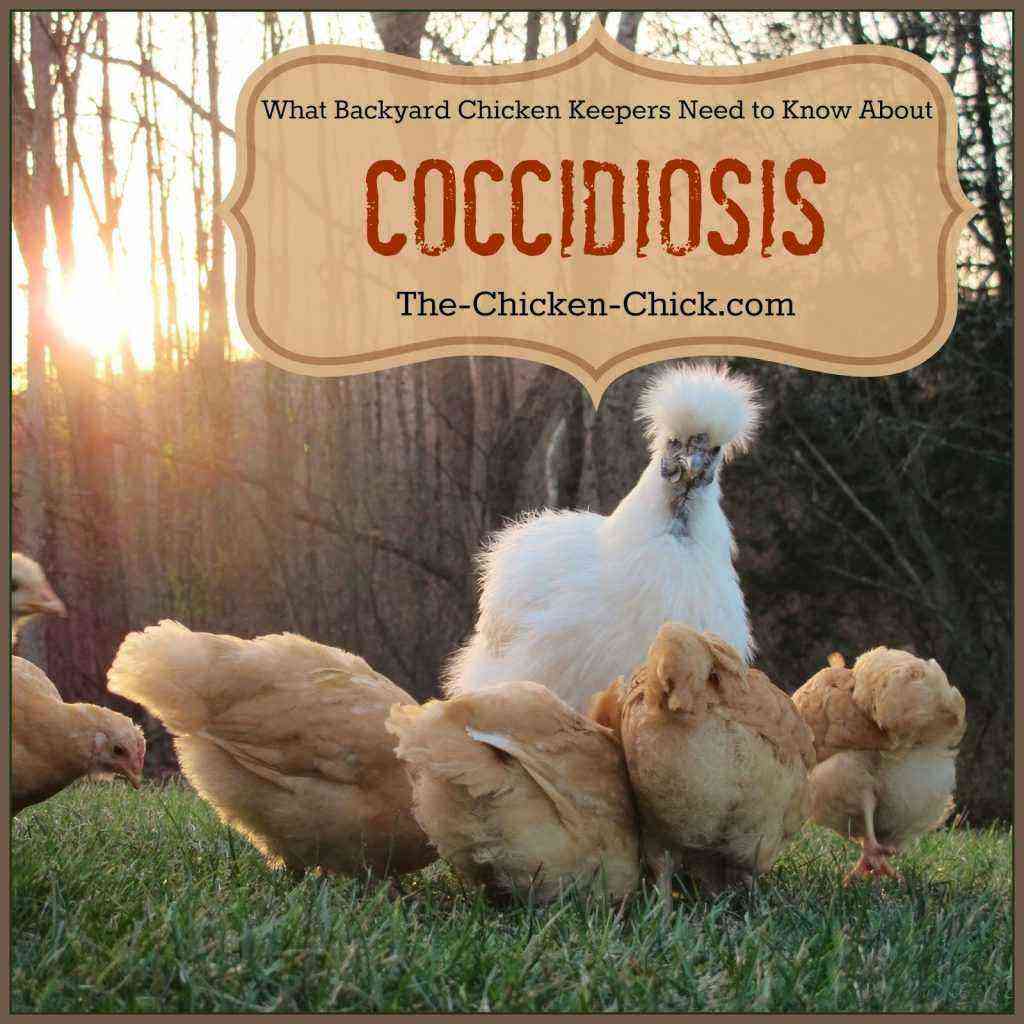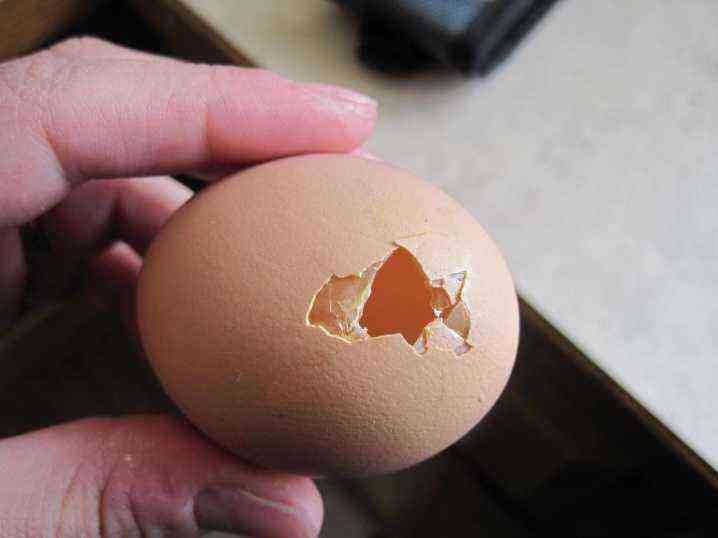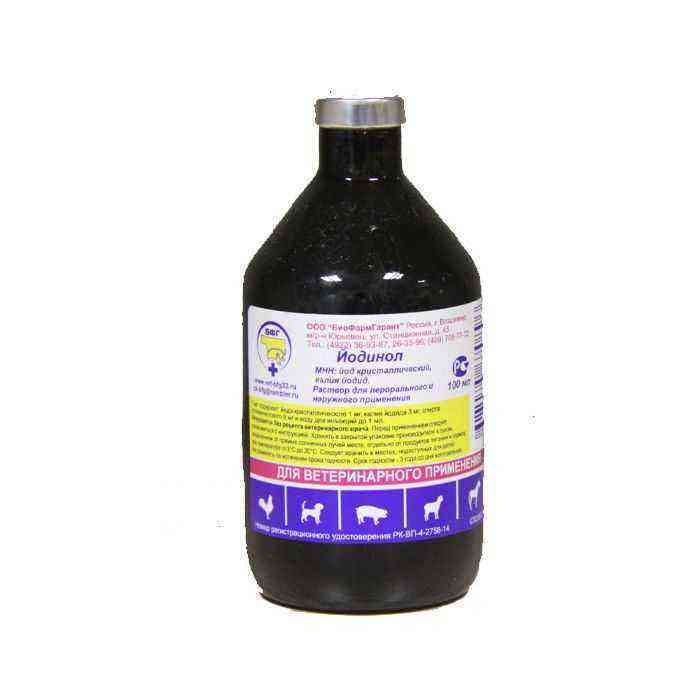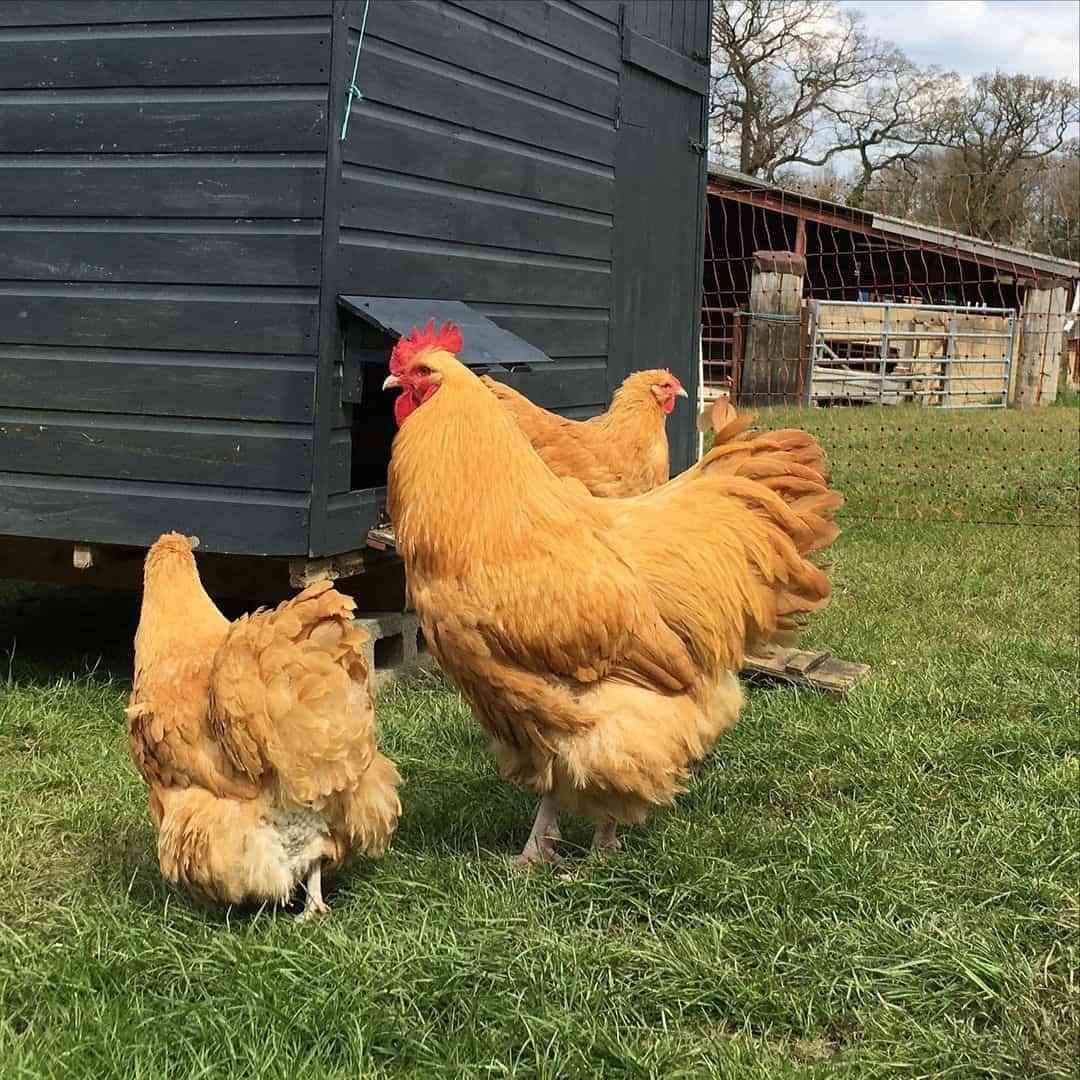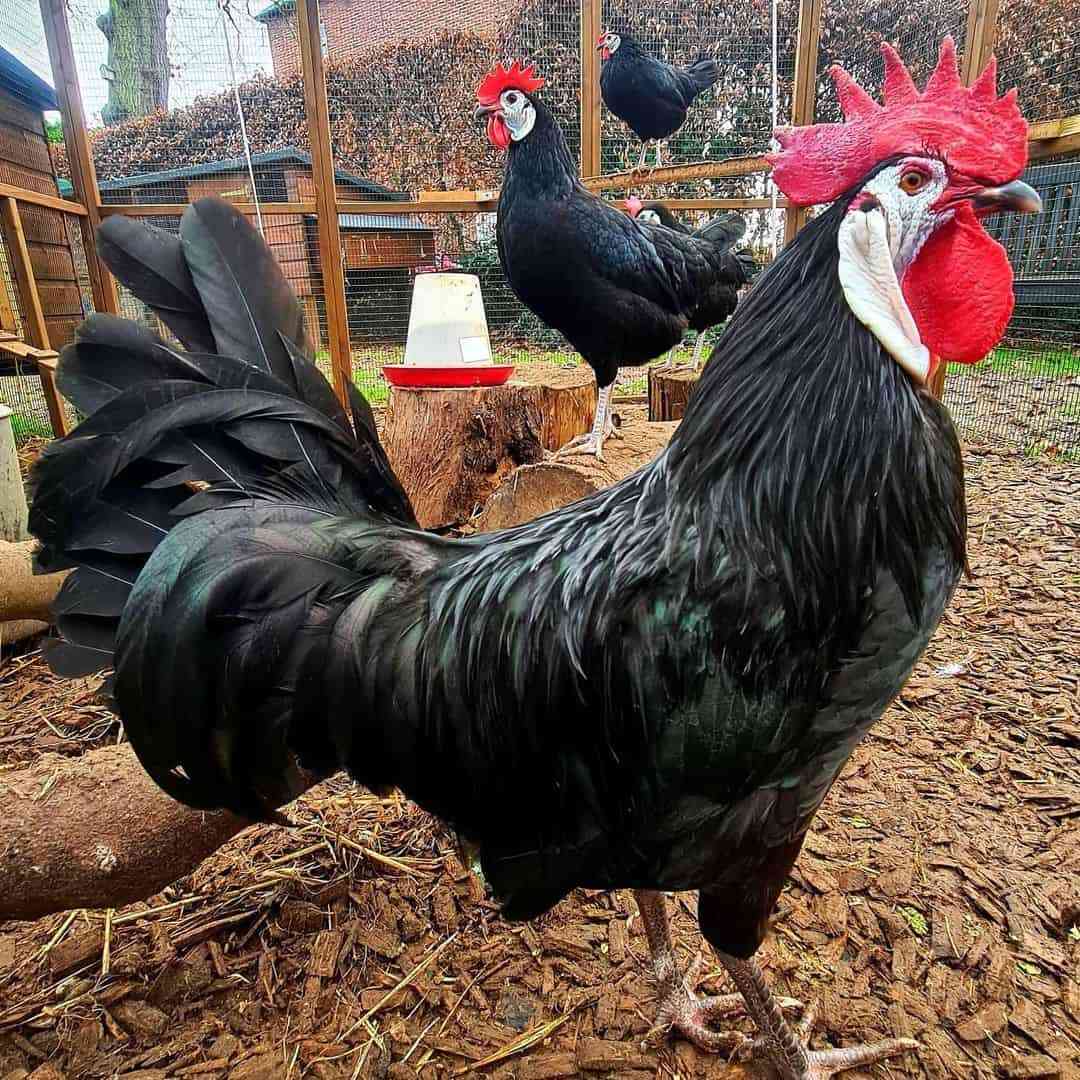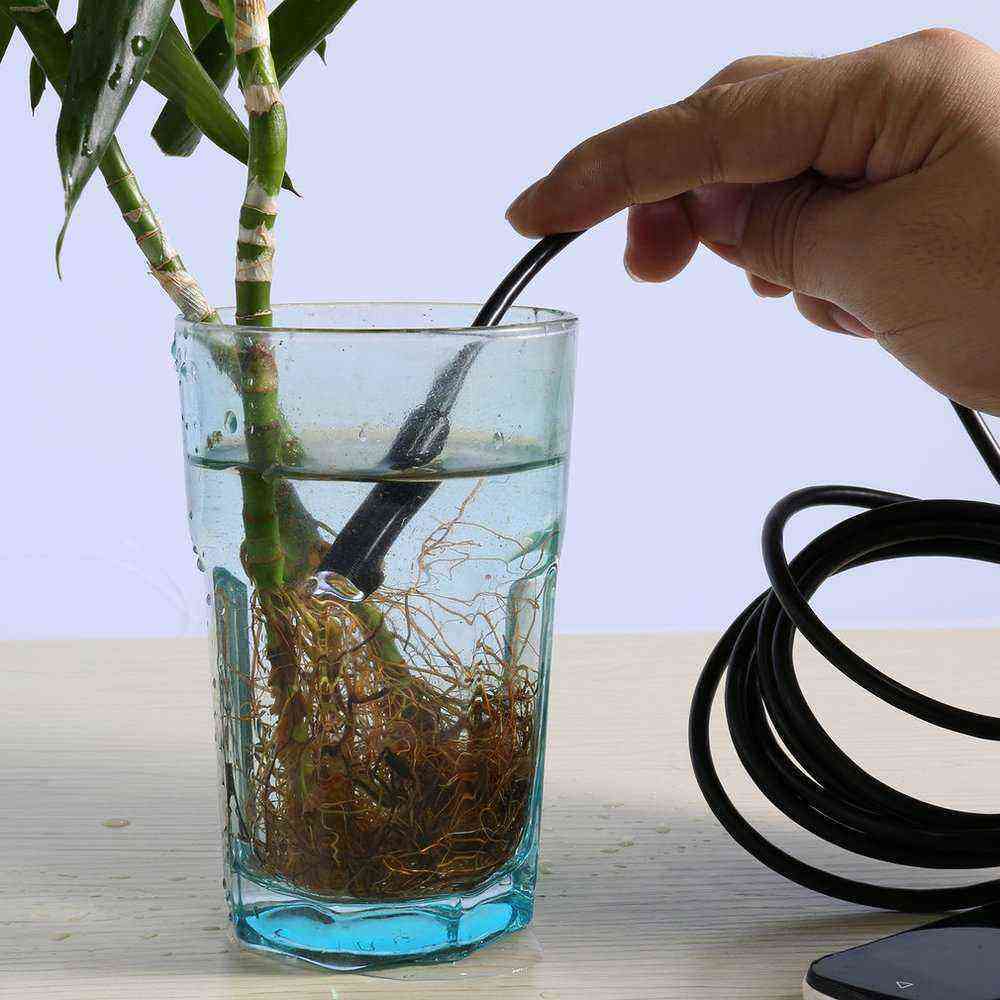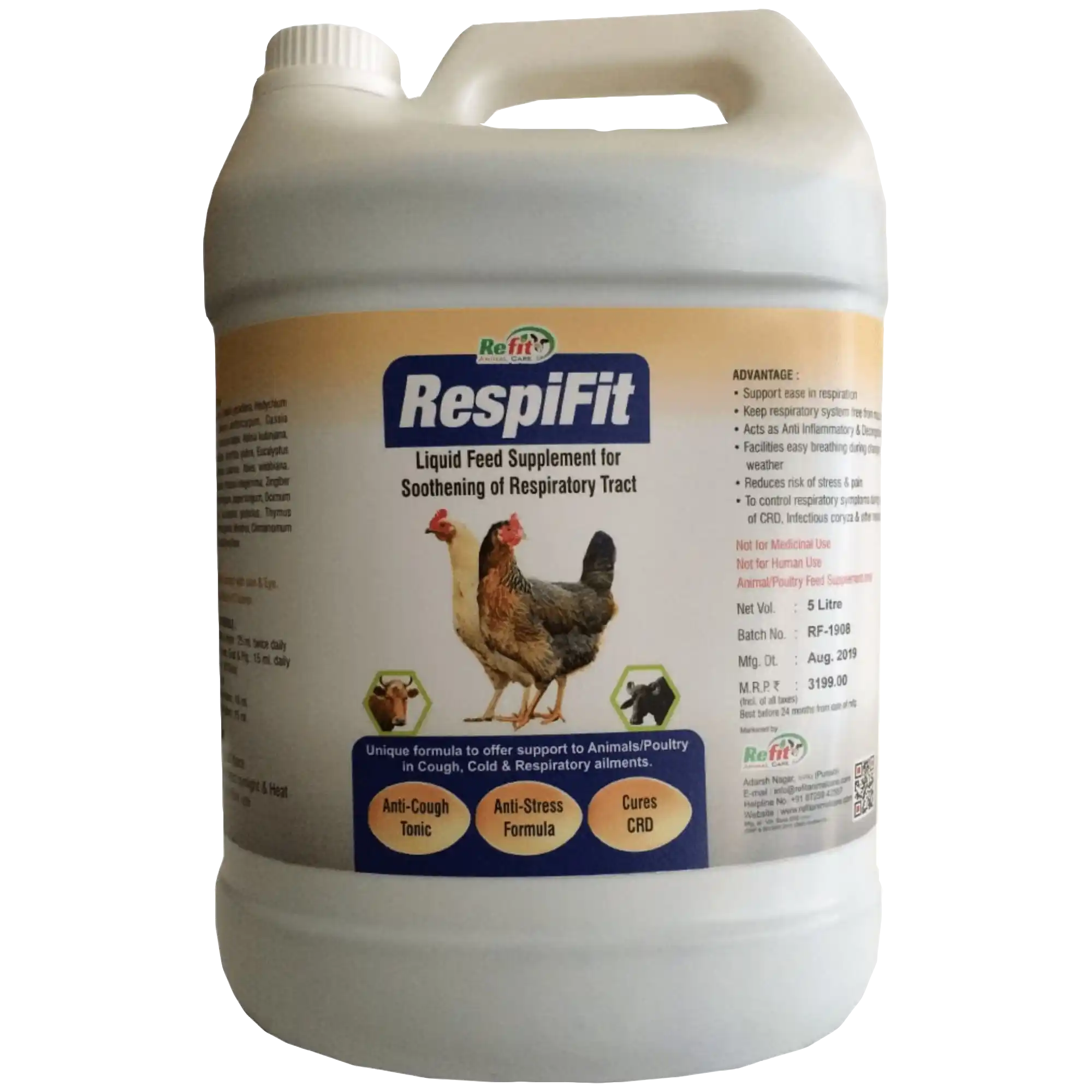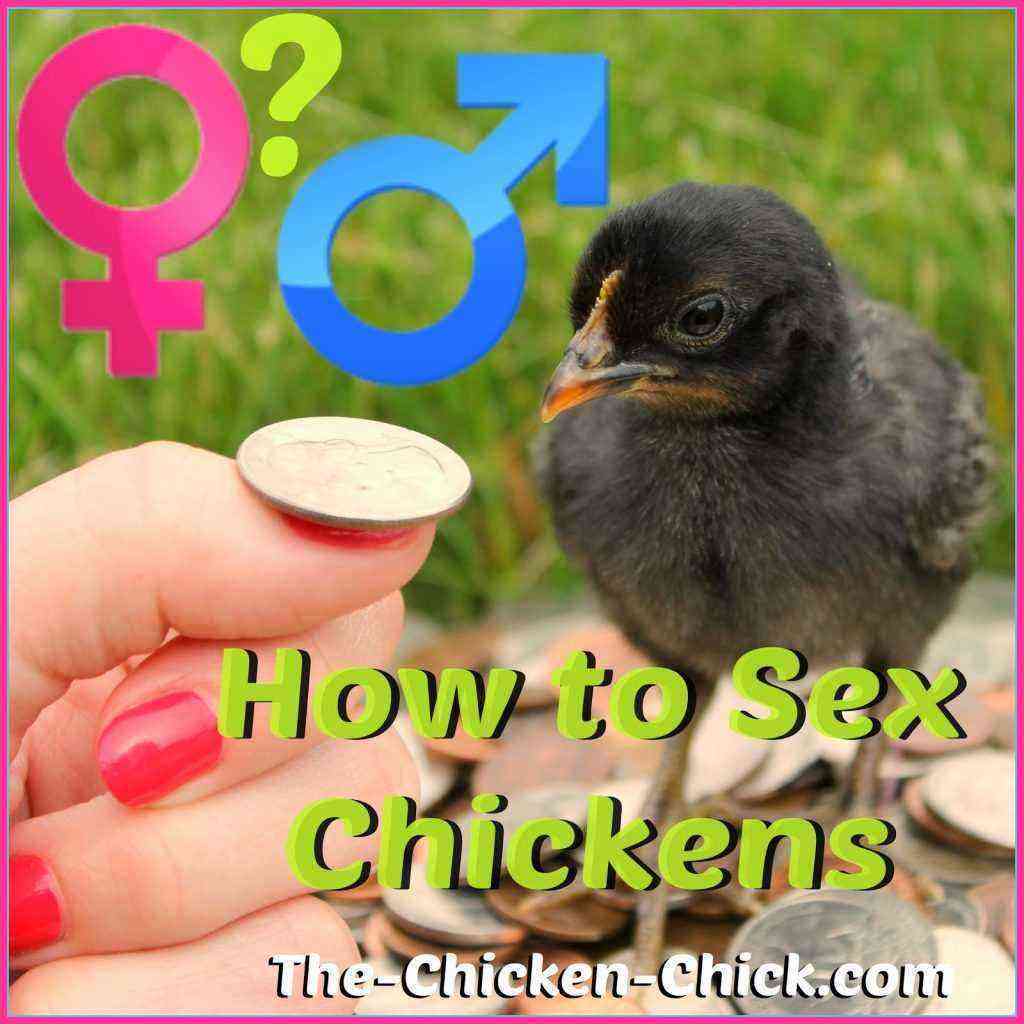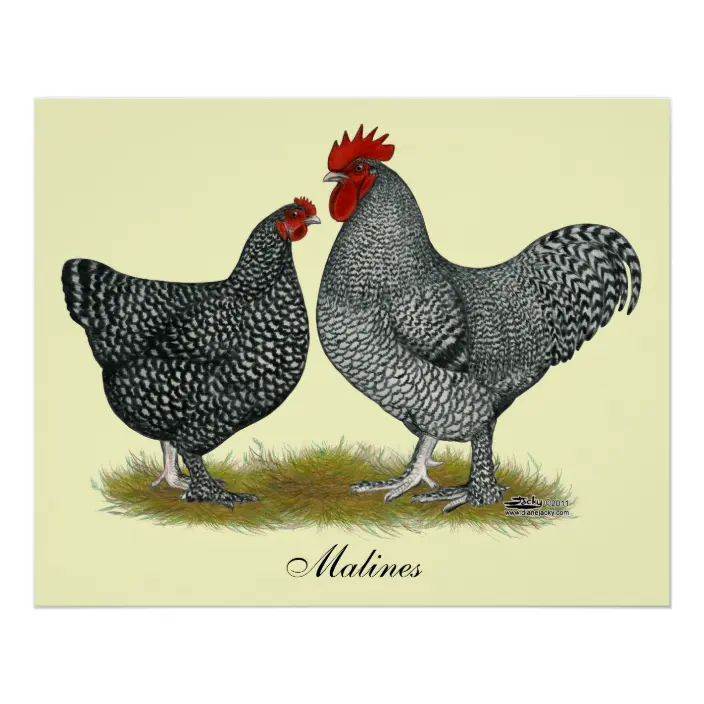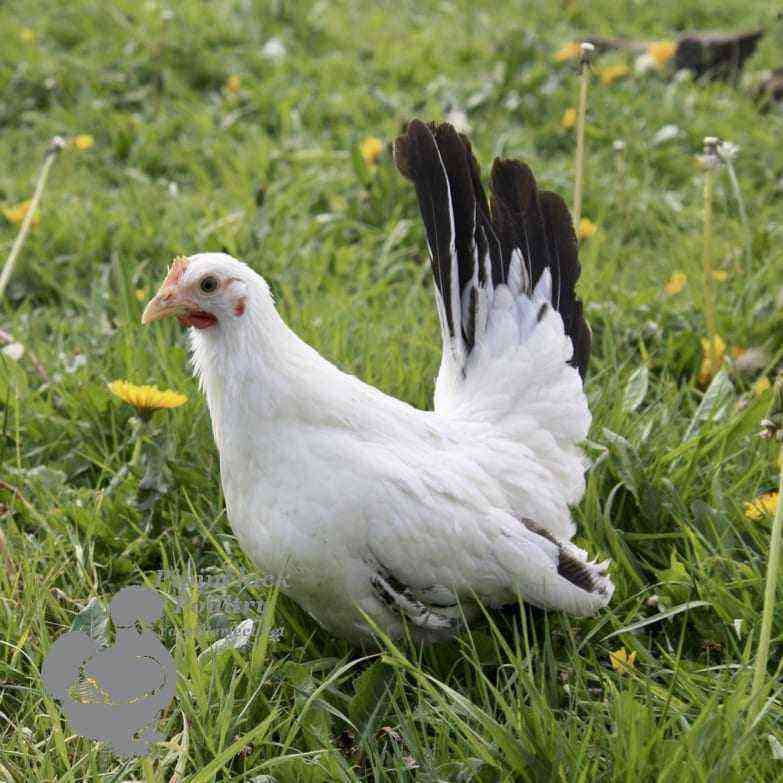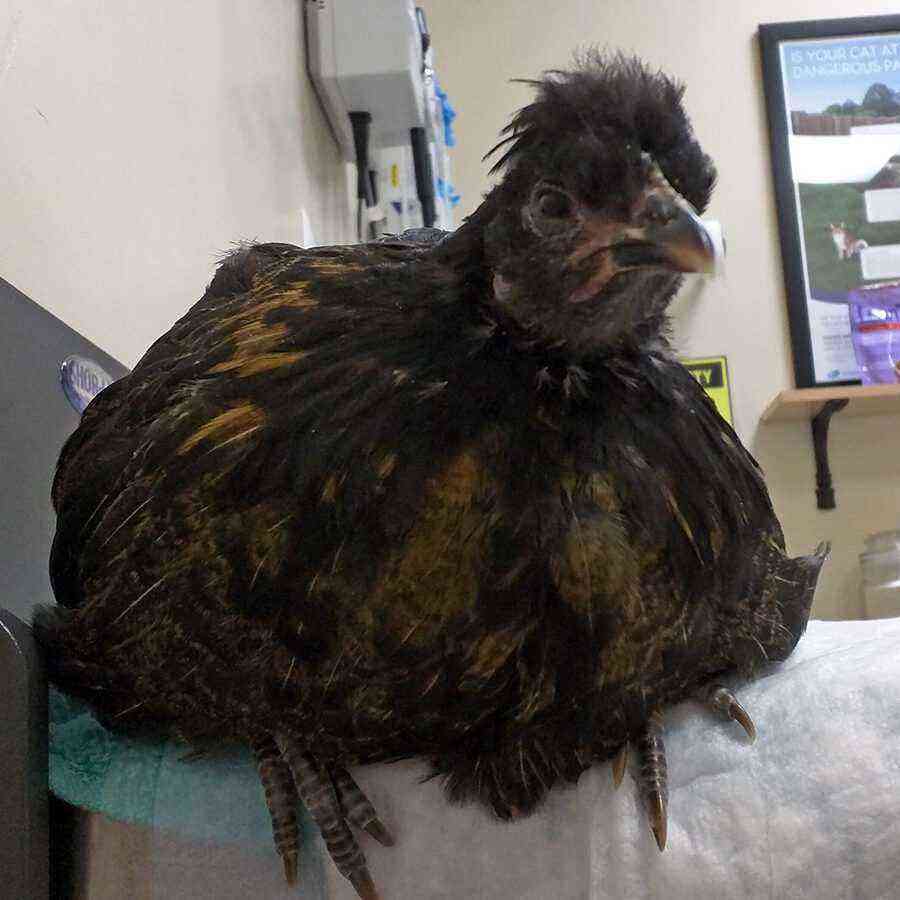Most farmers prefer to raise their own chickens, since chickens can significantly increase the number of livestock without additional help. A person will be required to create the most attractive conditions for young animals, thus reducing mortality to the minimum acceptable threshold.
general description
If chickens are provided with a warm, well-lit room, a balanced diet, the necessary vitamins and vaccinations, then they will not only look healthy, but be so.
Depending on the age of the livestock, the conditions of its maintenance and diet will differ. It is very important to monitor the quality and balance of food at each stage, since this factor will largely affect the rate of weight gain in chickens.
To breed a new livestock, you can use a laying hen or an incubator. In the first case, the less human intervention, the better. When using an incubator, you need to have enough experience so that the embryos do not freeze at the development stage, and healthy hens and cockerels emerge from them.
In the case when a laying hen sits on the eggs, after the offspring appear, it is required to keep the chicken and chicks separately from the general population until the young are 6 weeks old. The room where the chickens are kept must be warm and dry, the birds are provided with round-the-clock access to clean water.
How to display correctly?
Even if it is planned to plant chicken on eggs, the farmer needs to collect them and choose the best ones. It must be remembered that fertilized eggs will not turn into embryos if the necessary conditions are not created for them. The nest where they put them should be clean, it is advisable to clean the eggs as well.
Hatching eggs is a process that requires careful preparation, only then healthy offspring hatch.
If you have to store them, then only with the sharp end down in the box. Allowed to incubate are those that were demolished no later than 7 days before the laying hen sits on the nest. Store eggs at a temperature of 13 degrees in a place with high humidity. Before laying, you will need to rotate each of them to make sure that the inner membrane does not stick to the outer shell.
An incubator is used when a guaranteed result is required. When using a hen, the hatching percentage is never 100%, but more often reaches 85%, while there is a possibility that the chicken may refuse to hatch offspring for one reason or another, in which case all the embryos will die.
To protect the laying hen, some farmers prefer to separate it from the rest of the population. A rabbit hutch is ideal for this. There is enough space inside for a short walk, food and water do not interfere.
A large hen can incubate up to 12 eggs, but smaller ones can only manage 6. You need to make sure that the body of the feathered bird completely covers the nest, so even the lateral eggs will get the right temperature. On average, after 21 days, chicks begin to appear. There is no need to help them in this, the chicken will cope on its own.
The mother hen must manage the process herself from beginning to end. When she leaves the nest with her newly hatched chicks, any unhatched eggs will need to be removed.
When using an incubator, a certain temperature and humidity are set. They change a little in the process, but the most important thing is that there should be no sharp fluctuations, otherwise the offspring will die. Eggs are culled gradually. Over the entire period, they will need to be checked several times for the presence of an embryo.
The incubator does not require round-the-clock supervision, but it is important to turn each egg on time so that the embryo does not stick inside the shell. When the chicks begin to appear, some of them can be helped to hatch, but it is not advised to open the shell too early.
Nutrition for chickens of different ages
Day-old chicks require the most attention. The older they get, the easier it is for the farmer, since it becomes possible to take them to the pasture, where they begin to consume natural feed. From the store, “Sun” and “Purina” are popular, they allow you to grow healthy chickens, because they have a well-balanced composition.
Common mistakes beginner poultry farmers make:
- providing chickens with vitamin supplements for more than 10 days;
- adding untimely feeds with corn, oats or other grains;
- regular addition of greens that do not contain the necessary calories;
- administration of inappropriate or unnecessary medications.
The daily intake of feed by chickens depends on its composition. They usually self-regulate the amount of feed they consume to meet their energy needs.
Ambient temperature also plays an important role in determining how much food the birds need. In hot weather, its amount decreases, in cold weather it increases.
daily allowance
A chick that has just hatched from an egg must first be completely dry before it can begin to consume food. Its correct adaptation to new conditions is very important. Additional lighting is installed in the box, providing the chicks with the necessary amount of light and heat. A drinking bowl with clean water is placed, sometimes a little tetracycline or manganese is added to it.
A newborn chick shows interest in food on the second day after hatching. Boiled and finely chopped eggs are ideal for birds 1-2 days old as the first feeding. Sometimes they are replaced with a special boiled feed.
Then you can use fresh nettle and dandelion leaves, which will also need to be finely chopped and rubbed with an egg. Cereals, including barley, semolina, corn, and even millet, are excellent alternatives.
Young animals eat often, so every two hours you need to replenish food supplies in the feeder. It is impossible to give a lot of food at once, it is better in small portions, but each time fresh food.
Weekly
The diet of week-old chicks is much more varied, but their digestive system is still unable to digest roughage. On an industrial scale, specialized “children’s” varieties of feed are purchased. Farmers are also starting to introduce cottage cheese and other dairy products into the diet of birds.
It is advisable to give chickens at a week of age not “raw”, but boiled water, the temperature of which should be 30 degrees. Gradually reduce it so that by 3 weeks it was 18 degrees. In the diet of chicks, not only proteins, fats and carbohydrates should be present, but also vitamins and microelements. That is why food is combined.
Cereals provide the most energy, but not all carbohydrates can be processed, some of them turn into fat.
Protein contributes to proper growth, which is why week-old chickens are given cake and even meat products, but only those that have undergone heat treatment.
Carrots, dill and parsley contain vitamin A necessary for young chickens. Young animals should receive B vitamins from yeast, the sun provides them with the necessary amount of vitamin D.
Weekly individuals are fed at intervals of 4 hours, including at night. After the frequency will decrease. Gradually, along with egg yolk, corn grits or semolina are introduced into the diet, after 4 days it is already possible to give potatoes and chopped carrots.
In water, a manganese solution helps protect birds from bacterial contamination. Just a gram of powder is enough for a liter of water.
Fortnightly
Food is added to the feeders at the same time. It is best to pour food on paper, then remove it. Drinkers can already be replaced from vacuum to grooved. Access to clean water should be around the clock.
If chickens are given a mash or a fermented milk product, then the farmer needs to ensure that they do not turn sour and in no case become moldy. Chickens must completely peck such food in half an hour, so it is given in limited quantities per head.
If two-week-old chicks are fed with compound feed, then early in the morning and in the evening it is best to give them chopped and millet, feed them well with wet food during the day, but be sure to sprinkle it with semolina so that it does not block the nasal passage of the birds. It is already possible to put a separate container with sand or gravel in the corral.
For each chicken of this age, there are 1 gram of crushed grain per day, 0,6 grams of cake, which can be replaced with meal, 4 grams of boiled potatoes. Cottage cheese is given fat-free in the amount of 2 grams, whey or milk – 5 ml each. Also, shell rock is included in the diet – 0,5 grams, you can give the same amount of chalk, bone meal. Fine salt is also useful for birds, but its daily volume should not exceed 0,8 grams per head. Most of all it is allowed to give carrots and greens – 7 grams.
Monthly
The diet of one month old chicks is getting richer as they are already being let out to graze outside. This is the time when the bird is transferred to an adult diet. There is no longer a need to finely chop the greens, you can simply throw the grass in bunches.
The daily diet of an already grown chicken includes crushed wheat, it is given in an amount of 22 grams per individual. They also give crushed barley, the maximum portion of which is 30 grams. If crushed peas are introduced, then it should not be more than 12 grams per day.
You can give the chicken 8 grams of flaxseed meal, 5 grams of soybean meal and 6 grams of hydrolytic yeast. Fish and meat and bone meal are also useful, but if the first can be poured about 9 grams per head per day, then the second – no more than 3.
Cereals give less and less, they are replaced by mixers. Whole grains are suitable for feeding only from 1,5 months of age. In order for the chickens to begin to quickly gain in height and weight, mineral and vitamin complexes are added to the feed, which include shell and fish oil. Often, in the first days of life, starter feed is used to feed the young, thanks to which the chickens quickly gain weight.
Be sure to solder the birds with a weak solution of manganese as a means of preventing certain diseases.
What to feed broilers?
Breeding broiler chickens is often associated with the desire to get poultry for meat. The diet of chickens does not change from this, as, indeed, the diet, only the amount of certain types of feed increases.
Broilers grow and gain weight well when their diet contains more ground barley, corn and wheat. They begin to give them at the age of 5 days, gradually increasing the dose. It is also worth including sunflower cake, herbal and bone meal in the bird menu.
If properly fed chickens, they will weigh enough after a short period of time. Broilers are unpretentious, including nutrition. They do not need a lot of vitamins and minerals, because they are not enough to rush.
Feed when fattening for meat, some farmers begin to give chickens from the second day after hatching.
Room for the young
Young growth requires a lot of attention, because its content is associated with some difficulties. First of all, you need to pay attention to the room for such chickens.
If you plan to breed new offspring under the laying hen, then the chicken should be placed separately, since it cannot be disturbed. The chicken coop must be not only warm, but also clean, which is important in the days when chickens were just born. It is advisable to disinfect it a few days before or before the laying hen sits on the eggs.
You need to understand that chickens can be kept both free-range and in nests within a small aviary and even in cages. With free range, the bird is not constantly in the chicken coop, but can go outside. Such maintenance is not recommended if broilers are grown for meat, since the chicken spends a lot of energy on pasture and does not gain weight, but, on the contrary, loses it.
But this method of keeping is ideal for laying hens, since they receive additional vitamins and minerals from the earth and grass, they can eat insects.
While the chickens are young, they are not able to maintain the temperature necessary for the body, so the farmer needs to properly prepare the room for keeping them. Even the presence of a laying hen does not guarantee that all the eggs will have enough space under it to keep warm. Lighting is selected in a special way, the flooring must be changed, because old young growth can catch an infection.
It is important to pay attention to the dimensions of the chicken coop, since all its inhabitants should have enough space. It is desirable to round the corners, but if there is too much space inside, then it is necessary to enclose a small area for a while and use only it.
Be sure to delimit the space. Inside there should be enough space under the lamp for sleeping, it is necessary to put drinking bowls and feeders separately. For the first time, you can build a small circle of cardboard, where newborns are seated, and lighting is installed on top at a certain height, which gives them the necessary amount of heat.
Light and temperature regimes
Daylight hours for birds are gradually reduced, but in the early days the lamp is not turned off at all. In just a couple of weeks after the chicks hatch, the day is reduced to 20 hours, then an hour a week. As a result, the daylight hours of birds should be 10 hours.
In the first days, the temperature inside the room should be at the level of 32 degrees. Only when the chickens are 2 weeks old, it is allowed to reduce it to 28 degrees, then gradually reduce it by 3 degrees every week. If you move at this pace, then by the age of 1,5 months, the chickens will feel comfortable at 18 degrees.
If the farmer has a large livestock, then an ordinary lamp is not always a good option for a chicken coop. In this case, use a gas or electric fireplace, sometimes an infrared heater. A power of 150 watts is enough for a livestock of 50 individuals.
Disease Prevention
Proper care of birds is not only high-quality food, a good room where it is warm and light, but also the prevention of their diseases. Care for chickens is required from the first days of their life. In the beginning, it all comes down to using a manganese solution as drinking water.
Disease prevention in chicks involves sanitary practices such as thoroughly cleaning equipment and facilities with disinfectants, and minimizing or eliminating the introduction of new chicks into the facility. The main biosecurity measures are to limit contact with people and other birds.
Preventive disinfection of the chicken coop is one of the most effective methods of prevention methods. The farmer is required to clean all available surfaces with detergent first, as disinfectants work best on cleaned walls. But it is worth remembering that a clean surface does not mean disease-free.
Disinfectants are not effective immediately after application, they take at least 30 minutes to kill disease-causing organisms. Warm disinfectant solutions break down sediment better than cold ones.
We must not forget to follow the manufacturer’s recommendations for dilution and use of funds. The most commonly used for treatment are hydrogen peroxide, iodine and chlorine.
If you find an unhealthy chicken, you should immediately place it in quarantine, where you need to quickly diagnose the disease. By speeding up the treatment of infected birds, the farmer prevents further spread of the infection.
Vaccination is rarely used by small farm owners due to high cost and limited availability of drugs., and sometimes the simple absence of disease in small chicken coops. Vaccination should be carried out if there have already been problems with infection in the past, and also if hens are regularly moved from room to room or placed with adults.
A sick individual is less active, retracts the neck and has an untidy appearance. Among the most common infections that should be detected at an early stage are the following.
- Cannibalism. Early signs include sores on the legs of the chicks and hair loss. It is important to pay close attention to the entire pack to determine the difference between a random brawl where one individual is hurt and problem behavior.
- Rickets. Chickens develop weak bones that cannot support their body weight. In severe cases, the chicks cannot walk and suffocate to death because their skeleton cannot support the muscle movements necessary for breathing.
- Vitamin A deficiency. Chickens develop a crust in the nostrils and on the eyelids. In the initial stages, the disease is similar to a respiratory disease. This damage in the throat makes it difficult to swallow, the chicks do not grow, are severely depressed and die from malnutrition.
- Lice infestation. Chickens are nervous, scratch themselves and peck themselves often. Feathers look dry and ruffled. Weight loss occurs.
- Coccidiosis. Diarrhea, weight loss and pigmentation. In severe form, bloody diarrhea appears, which can be fatal without treatment.
- Ascariasis (roundworm). Common signs in chickens are diarrhea and weight loss. When severely infested, masses of adult worms can cause blockages in the intestines that will be fatal if left untreated.
- Capillary disease. The main signs of infection include pallor, diarrhea, and emaciation.
- Mycoplasmosis. Watery eyes, dirty nostrils, coughing and sneezing are common in chickens. Over time, the infection can lead to a buildup of flaky material on the eyelids and sinuses, as well as noticeable swelling.
- Colibacillosis. Chicks appear lethargic, have ruffled feathers and labored breathing, and often cough. Infected birds may experience diarrhea and edema.
See the following video for caring for chickens.
